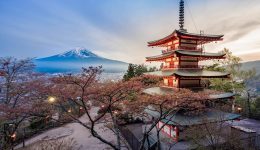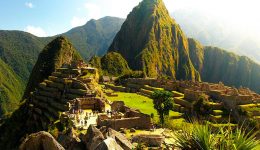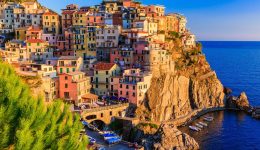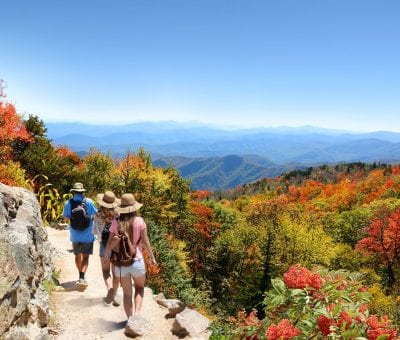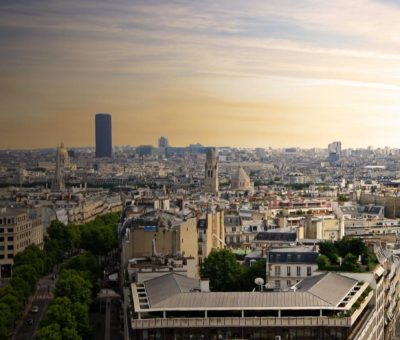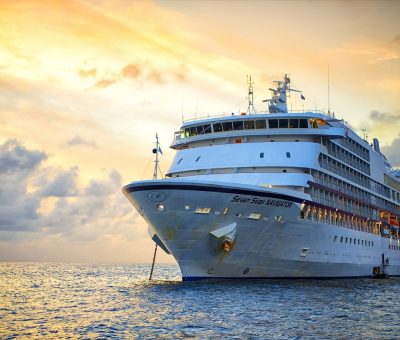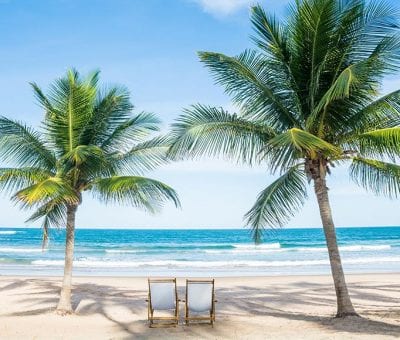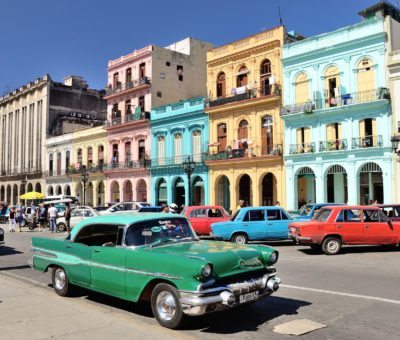Spotlight on Morocco
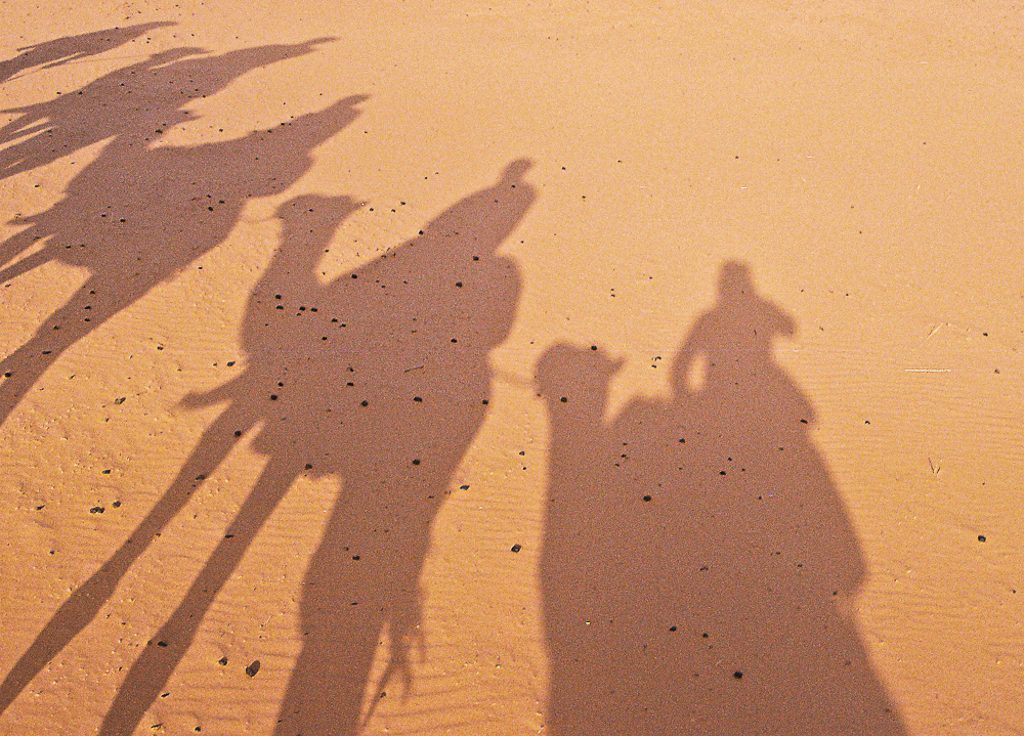
Morocco is a true feast for the senses with bustling and colourful Medinas, Souks and Kasbahs, hospitable locals, stunning Moorish architecture and cuisine that is as rich and varied as its culture.
The vibrant port of Tangier is a cosmopolitan city that exudes a nonconformist, almost bohemian, style. Steeped in an ancient history, beautiful vistas and beaches, it has been a magnet for travellers, artists and writers for centuries. Henri Matisse exclaimed “Paradise exists on Earth!” when he discovered it in 1912. Inhabited by different races and religions for over 2,500 years, Tangier is an interesting mix of north Africa, Spain, and France.
Marrakech, the entertainer’s city, is often considered Morocco’s most tantalising destination owing to the hip exoticism of its labyrinthine alleyways, snake charmers, storytellers, and semi-mystical gnawa musicians. The dusky pink walls of the 9th century Medina, the Jamaa el-Fna square and the vibrant souks showcase the carnival of colour, vibrancy and diversity that is everyday life for Marrakechis. The city itself is framed by a thousand year old palm grove and the snow-capped peaks of the Atlas Mountains.
Casablanca is renowned for its beauty and, in particular, stunning Art Deco buildings. It is a modern city where western modernity and Arabic tradition meet, with varied and contrasting landmarks and tourist attractions – the best of which include the towering Hassan II Mosque with its immense glass floor and sweeping curved balconies, the Art Deco influenced New Town (Ville Nouvelle) and the Old Medina.
Fes is one of the best-preserved medieval cities in the world. The sprawling, labyrinthine medina of Fes el-Bali is the world’s largest car-free urban zone so pedestrians, donkeys, carriages, and motorbikes provide the musical score for a large part of this city. The medina’s sights, sounds, and smells can overwhelm the senses, so escape to a rooftop terrace for fabulous views including the colourful tannery dye-pots. Fes is also famous for its ancient walled city, which many compare to the walled city of Jerusalem. Its many restaurants, pretty lantern-lit courtyards and great hotels cater to all tastes and budgets.
The windswept fishing port of Essaouira has become Morocco’s hippest coastal town; enticing visitors with magnificent beaches and a vast array of activities to suit all interests, including outings on foot, surfing, quad-biking, camel or horse riding. It is the place to do everything or nothing. Late afternoon strolls along whitewashed streets and a soapy scrub, massage and clay wrap at Hammam Mounia are ‘must-do’s for weary travellers.
Moroccan cuisine favourites include tagines, dates, olives and nuts, and kefta (seasoned mince lamb). Be sure to try the local drink ‘nus nus’ (half black coffee, half milk) for an energy lift when needed.
When to go:
Winter is ‘the season’ with temperatures averaging 22°C between November and March, with the most popular months to visit being October to April. This falls dramatically at night. Rain is less likely during these months. In summer, temperatures average high 30s to 40s by day, exacerbated by the chergui, a fiery desert wind, but it is much cooler by night. The best time to visit Casablanca is November to May when the sun isn’t too hot for walks and sightseeing trips in the city. Essaouira is busy during the World Music Festival in June, when daytime temperatures reach about 30°C. It is better to explore the town in the autumn, when it is less crowded and not quite so hot.

